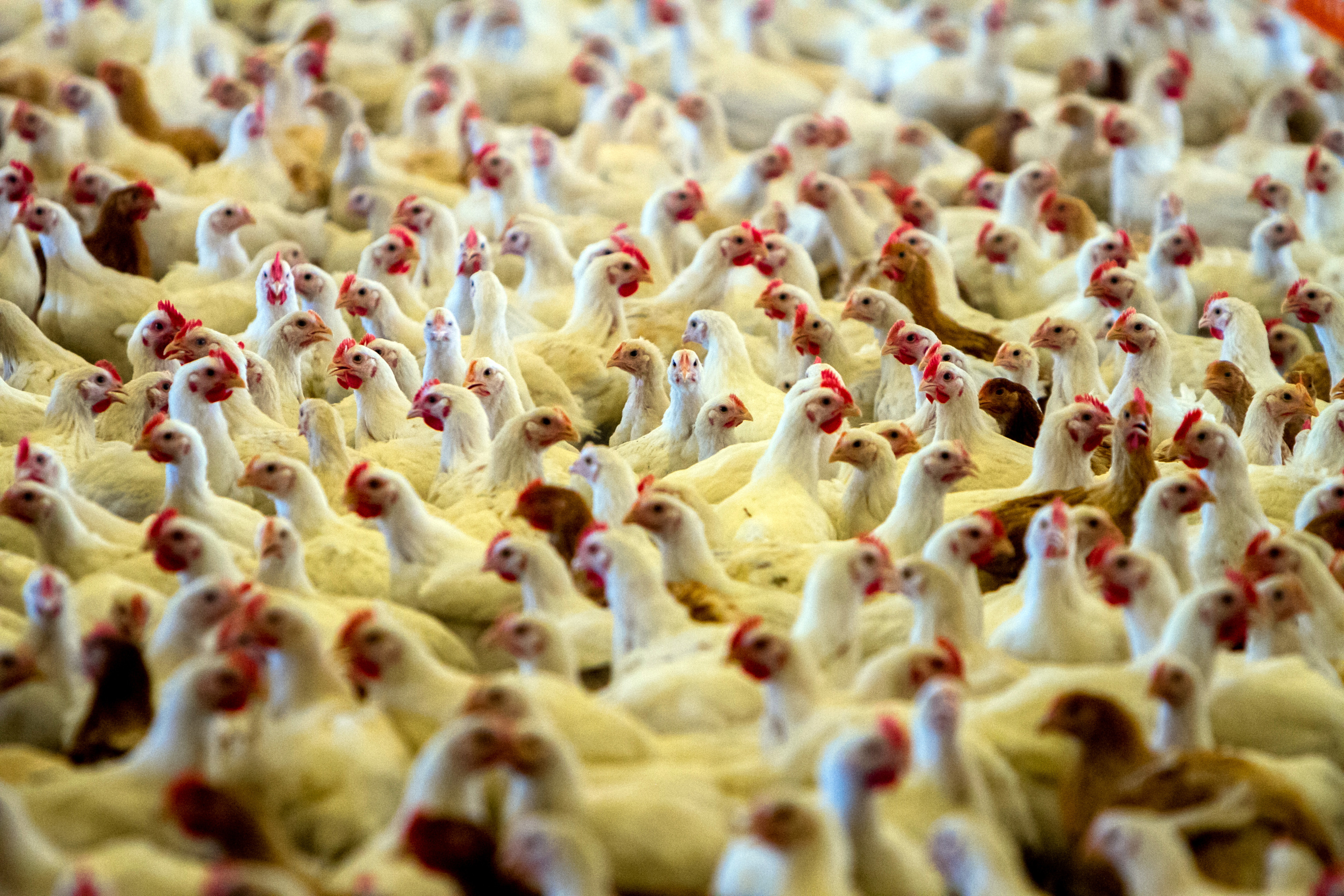Technology which allows producers to see, hear and even smell inside their poultry sheds without stepping foot inside them could be the next step in managing bird health and welfare.
Derbyshire poultry producer David Speller said immersive technology could be commonplace in poultry sheds within a matter of years, helping farmers and their staff monitor their birds without having to be on the farm.
Speaking at the Pig and Poultry Fair in Warwickshire, Mr Speller said virtual reality headsets costing just a few hundred pounds could be linked up to camera systems to allow users to look around a room in real-time to identify any problems.
With simple audio equipment installed in sheds, farm staff would also be able to hear what was going on remotely.
And as technology develops, electronic noses could also be installed which will allow producers to ‘smell’ inside a shed and pick up any issues –reducing biosecurity risks associated with staff moving between sheds or not following proper sanitation measures in an emergency.
Mr Speller, who manages more than 2.5 million chickens across 10 farms, already uses a host of technology on his units, including underfloor heaters, cameras to track bird movement and microphones to identify if birds are unwell or in distress.
He said technology was helping him manage his business more holistically and tackle risks before they became a serious issue.
“Breeds are growing faster than ever before and our margins are becoming even tighter, meaning we have to focus down to the hours and even minutes,” he told delegates at the event’s Performance and Innovation Forums.
“We’ve got more and more risks, which means we’ve got to be on top of what’s happening.
“We’re trying to push prevention rather than reaction, and there’s a degree of protection we should be able to introduce with technology.”
Mr Speller said he was looking to develop further use of automation and remote services to monitor birds, track staff, and allow remote management of poultry units – something which was allowing him to consider managing enterprises in other countries.
“Technology is moving so quickly that it’s quickly becoming a possibility,” he said.
“The iPad was only released in 2010, yet we’re using touch-screens in our everyday lives now without really thinking about it.
“Aside from improving how we operate, immersive technology can also help with bird health and welfare.
“What better way to deal with biosecurity than by not being in there?”







